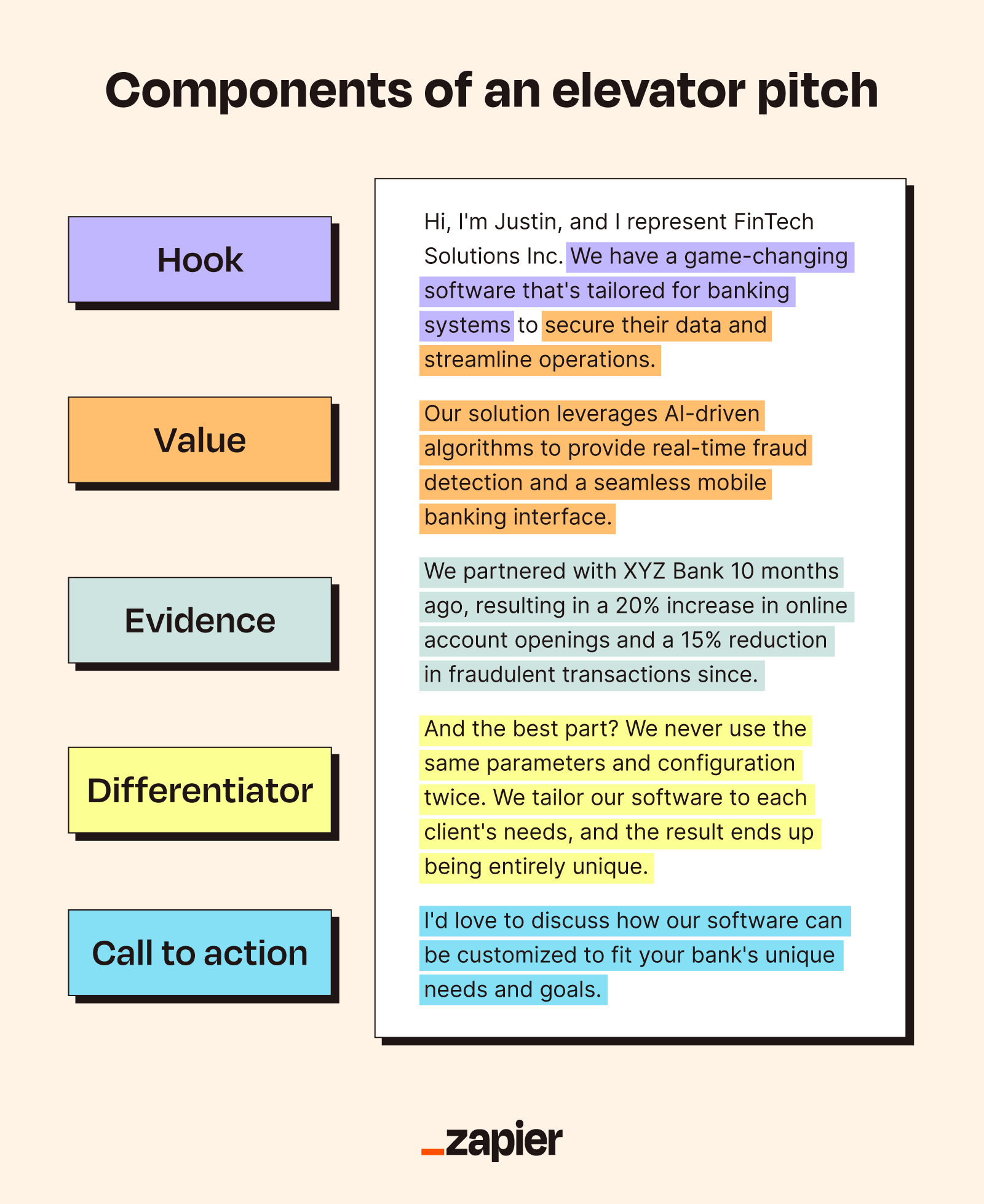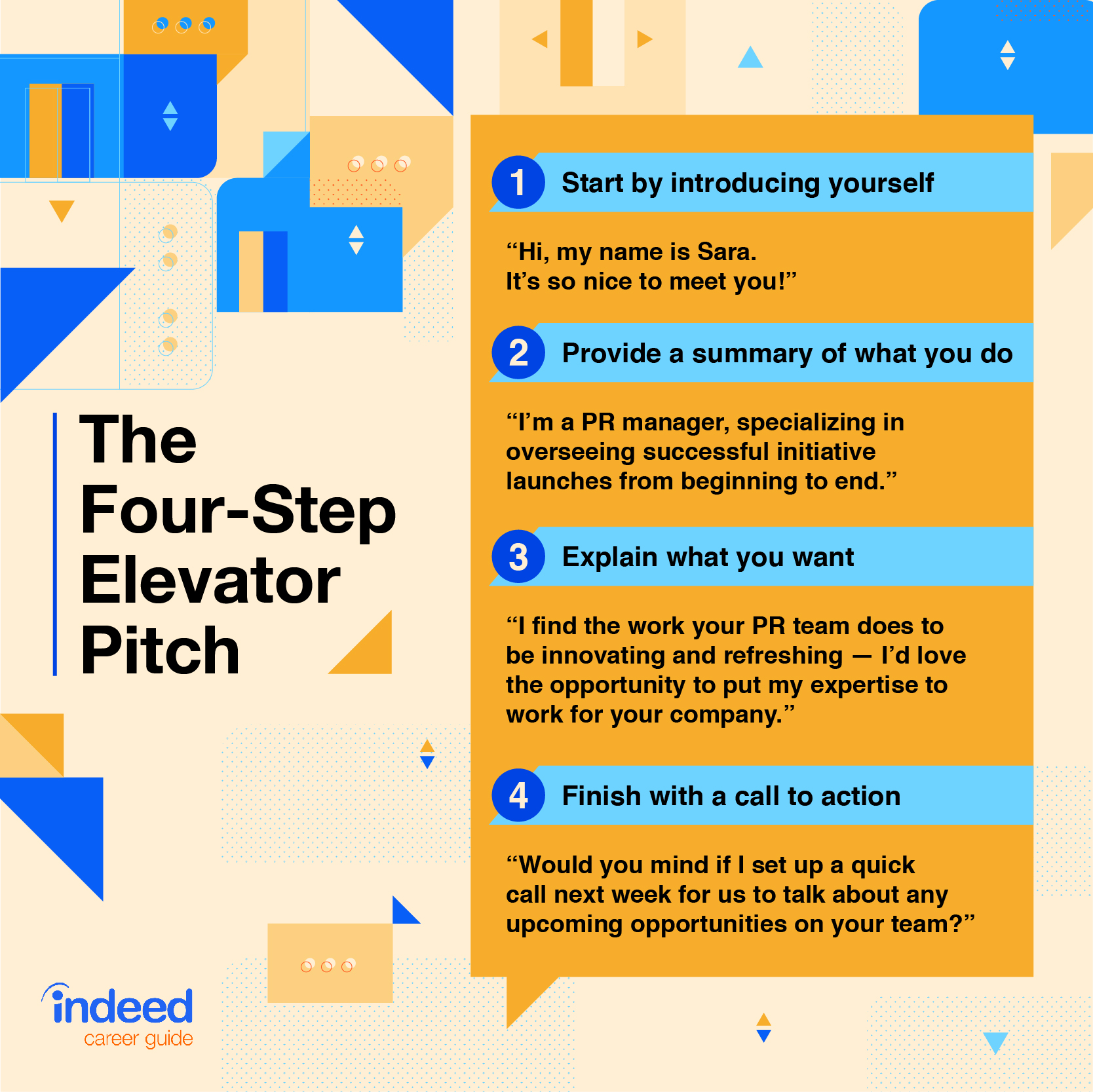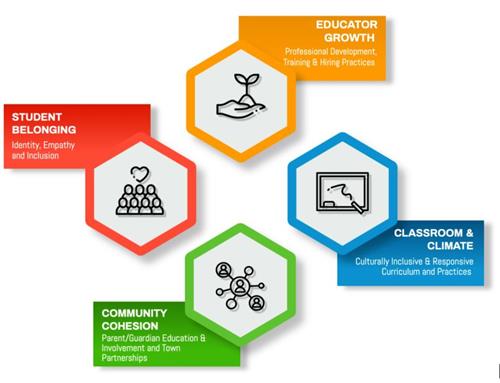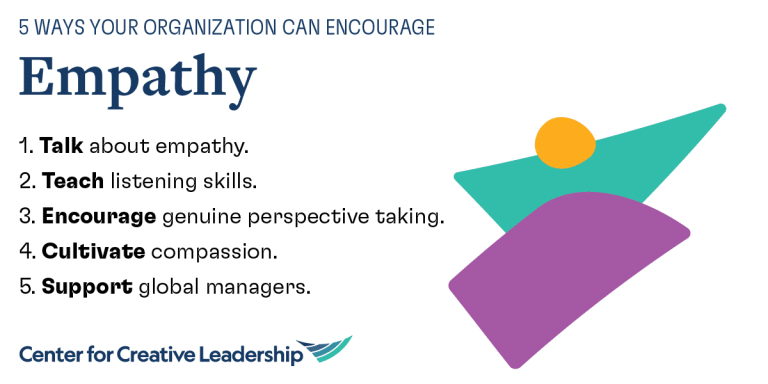How to Write an Elevator Pitch: Impress in 30 Seconds
An elevator pitch is a brief, persuasive speech. It lasts about 30 seconds.
It aims to spark interest in what you do. Crafting a compelling elevator pitch can open doors to new opportunities. In today’s fast-paced world, catching someone’s attention quickly is crucial. An effective elevator pitch can make a lasting impression, whether you’re networking, job hunting, or pitching an idea.
It’s not just about what you say, but how you say it. A well-crafted pitch is clear, concise, and engaging. It highlights your unique value and leaves the listener wanting to know more. In this post, you’ll learn the key elements of a strong elevator pitch. You’ll discover tips and strategies to make your pitch memorable and impactful. Let’s get started!

Credit: zapier.com
Introduction To Elevator Pitches
Crafting an effective elevator pitch involves capturing your key message in a brief, engaging manner. Focus on clarity and keeping it concise. Highlight your unique value in a compelling way.
What Is An Elevator Pitch?
An elevator pitch is a short, clear speech. It explains your idea, product, or project. It usually lasts about 30 to 60 seconds. Imagine you meet someone important in an elevator. You only have a short time to explain your idea. That is why it is called an elevator pitch. Make it simple and to the point.
Importance Of A Strong Elevator Pitch
A strong elevator pitch can open doors. It can grab attention quickly. People are busy and have short attention spans. A good pitch can make them want to know more. It helps in networking. It can lead to job offers or business deals. A weak pitch might be forgotten. A strong one stays in mind.
Crafting Your Message
Think about the most important facts you want to share. Focus on your main goals and strengths. Keep it short and simple. Highlight your unique skills. Mention your most valuable experience. This will help others remember you.
Understand who you are speaking to. Adjust your words to fit their interests. Use language they will understand. Be clear and direct. Show how you can help them. Make your pitch relevant to their needs.
Structuring Your Pitch
Crafting an elevator pitch involves clearly stating your idea or product in a concise manner. Focus on the main value it offers and tailor your message to your audience. Practice delivering your pitch confidently and naturally.
Opening Statement
Your first words must grab attention. Start with a strong statement or a question. Make sure it’s relevant to your audience. This sets the stage. It makes them want to listen more.
Main Message
Explain who you are. Mention your skills or experience. Keep it simple. Focus on what makes you unique. This is the core of your pitch. Be clear and direct. Avoid jargon.
Closing Remark
End with a call to action. Ask for a meeting or exchange contact details. Make it easy for them to say yes. Leave a lasting impression. Make sure they remember you.

Credit: www.indeed.com
Capturing Attention
A good hook grabs attention fast. Start with a surprising fact or a bold statement. This makes people curious. They want to know more. Keep your hook short and punchy. It should lead into your main point smoothly.
Stories are powerful. People remember them. Share a brief story that highlights your skills or ideas. It should be relatable and simple. Keep the story short, but make it engaging. This helps your audience connect with you.
Communicating Effectively
Crafting an effective elevator pitch involves presenting your idea clearly and concisely. Focus on the core message and keep it engaging. Practice to ensure smooth delivery within 30 seconds.
Concise Language
Use short and clear sentences. Avoid long words. Keep it simple. Make your point quickly. This helps the listener understand. Less is more in an elevator pitch.
Clear Delivery
Speak slowly and clearly. Practice your pitch. Make eye contact. Confidence is key. Smile while talking. Keep a friendly tone. This builds trust.
Practicing Your Pitch
Practice your pitch in front of a mirror. Notice your body language. Smile and maintain eye contact. Speak clearly and at a steady pace. It helps to record yourself while practicing. Listen to the recording and look for areas to improve.
Record yourself giving the pitch. Play the recording back. Pay attention to the tone of your voice. Is it engaging? Note any awkward pauses or filler words. Keep practicing until you feel confident.
Delivering With Confidence
Body language matters a lot. Stand tall and keep your shoulders back. Smile naturally. Make eye contact but do not stare. Use hand gestures to emphasize points. Keep them natural and not too big.
Speak clearly and confidently. Vary your tone to show interest. Avoid speaking too fast or too slow. Pause to let important points sink in. This shows confidence. Practice helps a lot. Record yourself and listen. Improve where needed.
Common Mistakes To Avoid
Too much information can confuse your listener. Keep it simple and direct. Focus on the most important points. Avoid giving too many details. The goal is to make a strong impression quickly. Stay concise and clear.
A generic pitch can feel impersonal. Make sure to tailor your pitch to your audience. Show genuine interest in their needs. Connect your message to their goals. Personal touches can make your pitch memorable. This helps build a strong connection.
Real-life Examples
Consider Steve Jobs. His pitch for the iPod was, “1,000 songs in your pocket.” Simple. Clear. Effective. It tells you what the product does in few words. Another example is Airbnb. “Book rooms with locals, rather than hotels.” This is easy to understand and highlights the unique value.
Keep it short. Focus on what makes you unique. Make sure it is easy to understand. Practice often. Know your audience. Tailor your pitch to them. Speak with confidence. Use strong, clear words. Avoid jargon. Make every word count.

Credit: writingcenter.catalyst.harvard.edu
Frequently Asked Questions
What Is An Elevator Pitch?
An elevator pitch is a brief, persuasive speech. It highlights your idea, product, or service. It typically lasts 30-60 seconds.
Why Is An Elevator Pitch Important?
An elevator pitch is important because it quickly grabs attention. It effectively communicates your message. It is essential for networking and opportunities.
How Do You Start An Elevator Pitch?
Start an elevator pitch with a strong hook. Introduce yourself and your idea. Make it engaging and memorable.
What Should An Elevator Pitch Include?
An elevator pitch should include a problem, solution, and benefits. Highlight unique selling points. Keep it concise and compelling.
Conclusion
Creating a compelling elevator pitch is essential for success. Practice regularly to refine your delivery. Keep it concise and engaging. Remember, clarity is key. Focus on your unique value. Tailor your pitch to your audience. Use simple language for better understanding.
With these tips, you’ll confidently deliver an effective pitch.


